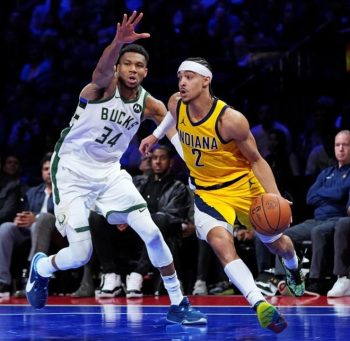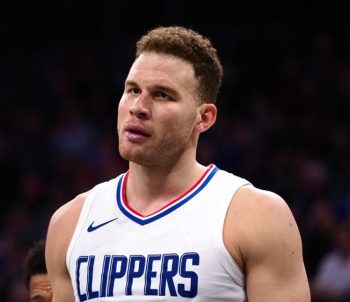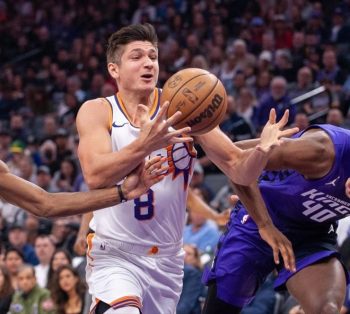NBA
NBA Daily: The Territorial Draft Pick

Starting next season, the NBA Draft Lottery odds will change considerably, squashing much of the reward for tanking and increasing the likelihood that the worst teams don’t end up with the best draft picks.
Knowing that, nearly a third of the league is dumping games on purpose this season in an effort to take advantage of those high draft lottery odds for crummy teams one last time. This helps explain why the team with the worst record in the NBA and the team with the 7th-worst record in the NBA are just 1.5 games apart from each other in the standings.
Despite the forthcoming reform, the draft hasn’t always been this clean. From 1949 through 1966, the NBA (called the Basketball Association of American before a 1950 rebrand) actually allowed for territorial picks, which changed the course of several early drafts and completely altered the course of league history.
Territorial picks were designed to allow local star players to stick around and play professionally in their home state and help drum up interest in the sport. Today the league is ubiquitous, with players on television commercials and billboards and clothing all over the world, but in the ‘50s and ‘60s, the league still was vying to gain traction in the hearts and minds of the American public. Keeping players with strong college followings in their home markets was advantageous not only for the local professional team, but also for league attendance numbers in general.
The rule worked like this: any team could surrender its first-round selection in exchange for a player from within a 50-mile radius of its home arena. These selections were determined before the draft started, but didn’t factor into the draft itself, meaning the number one selection in the 1959 NBA Draft was not Wilt Chamberlain, as it should have been, but rather Bob Boozer, who was selected by the Cincinnati Royals.
Just imagine how the face of that franchise may have been altered were territorial picks abandoned for modern draft practices that year. In fact, there even was some controversy surrounding Chamberlain going to the Philadelphia Warriors that year since he played his college basketball at the University Kansas, which is decidedly not within 50 miles of Philadelphia.
Knowing what kind of star they’d be getting, Philly argued that since Chamberlain had grown up in the area and attended local Overbrook High School, they should be awarded the future Hall of Famer. The league agreed for some reason, even though Wilt would’ve been good for the box office no matter where he ended up, and this selection made him the first territorial pick to have been made for reasons other than his college location.
In fact, of the 23 total territorial picks made over 17 seasons, a whopping 12 of them went on to be named members of the Naismith Memorial Basketball Hall of Fame. Other than Chamberlain, these include Oscar Robertson, Dave DeBusschere, Jerry Lucas, Bill Bradley, Gail Goodrich, Guy Rodgers, Tom Heinsohn, Tom Gola, Paul Arizin, Vern Mikkelsen and Ed Macauley. Three others (Walter Dukes, Dick Garmaker and Walt Hazzard) either were named to at least one All-Star team, one All-NBA team, or both.
In today’s NBA, there are a lot of players that would have loved to have been drafted by the local team they grew up rooting for, and it does happen for some people. LeBron James going to Cleveland, for example, would have fallen under the rules for territorial selections. Derrick Rose going to Chicago would have been a Wilt Chamberlain exemption to the rule but probably still would have counted. In 2005, when the Charlotte Bobcats had two lottery picks, they picked Ray Felton and Sean May, both from the University of Carolina.
So while this kind of thing does occasionally still happen where pro teams can draft the local kid and keep him in his community, things have changed considerably in terms of the allegiances college fans form to these players, particularly knowing how many of the elite kids only will be there for a single year.
In Chamberlain’s time, NBA teams couldn’t draft a player until he had played all four years of college, which is exactly why Wilt quit after his junior season to go make $50,000 with the Harlem Globetrotters before ending up in Philadelphia. Today’s players just don’t mean quite as much to local fanbases.
This year’s draft could see Phoenix keep DeAndre Ayton in Arizona, or Mo Bamba in Texas, but these days, nobody makes those types of selections because the kid has a strong local following.
Now, they’re just coincidences, but those kinds of selections used to be the way things were.
Draft reform changed all that, and it will be interesting to see how these latest draft reforms will further change the course of league history.











